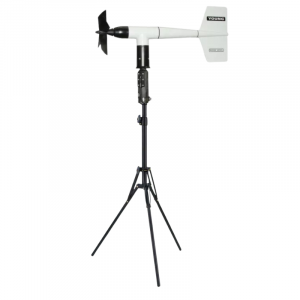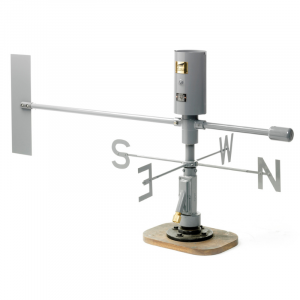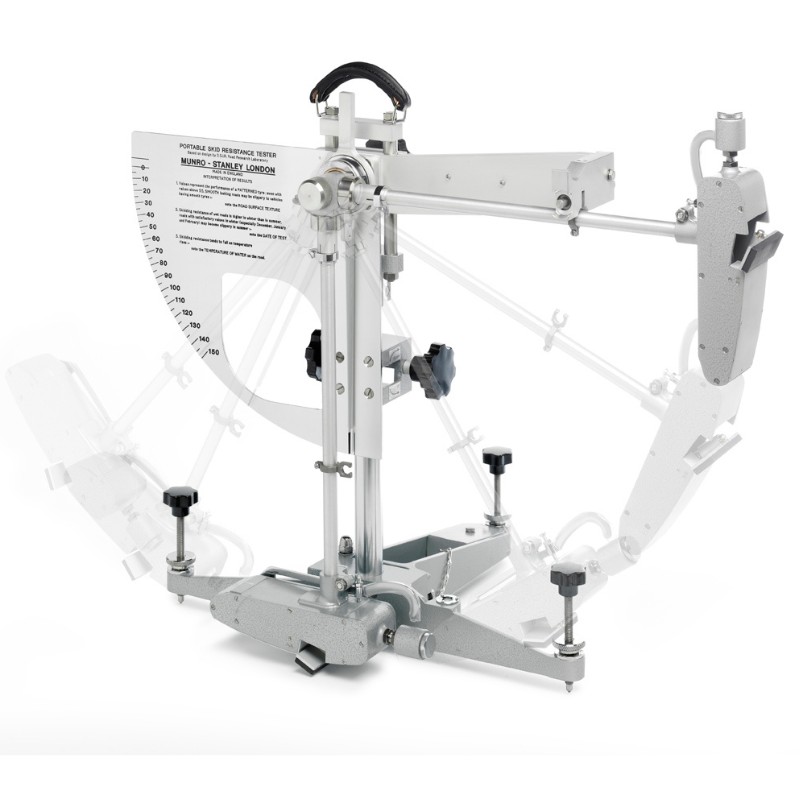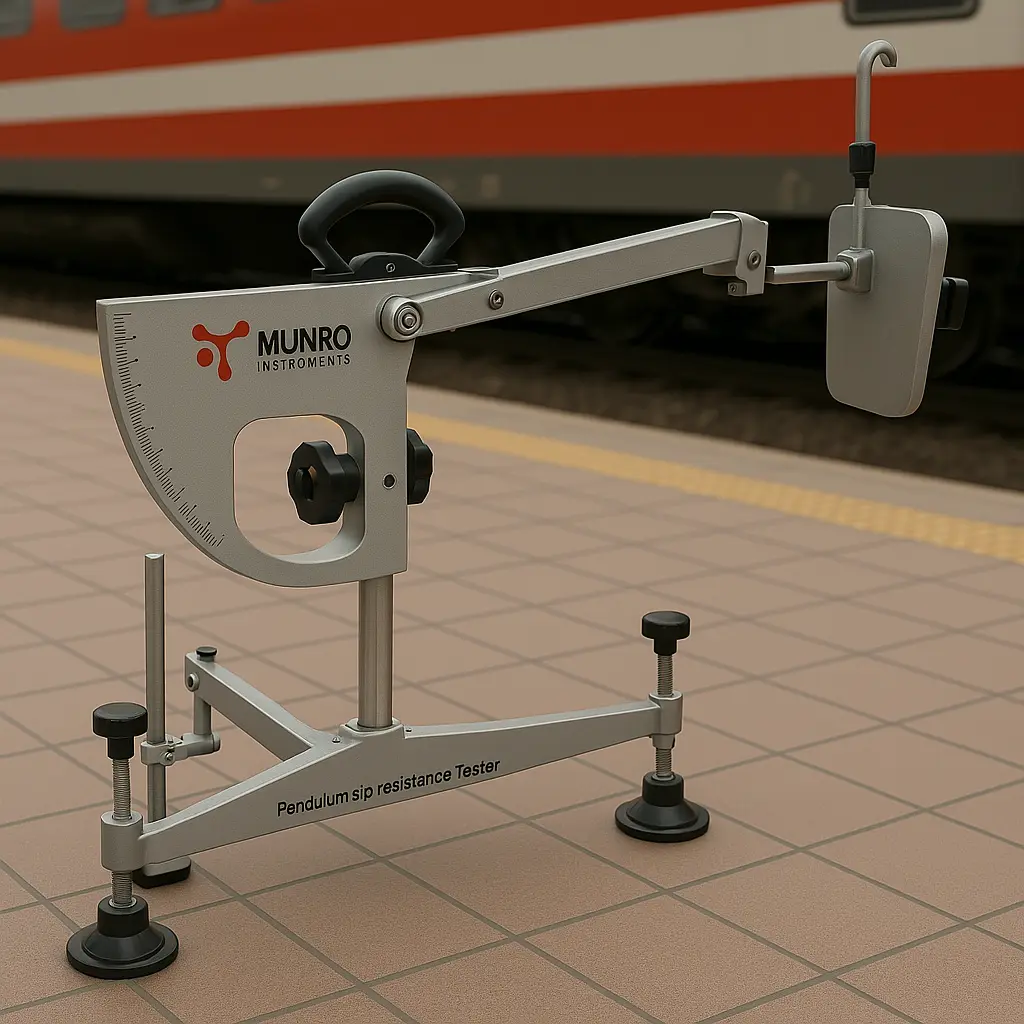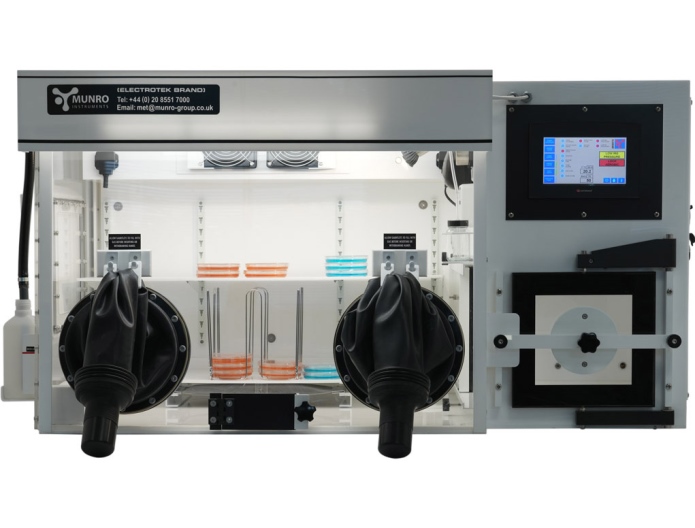Agricultural weather stations are advanced monitoring systems that record, analyze, and transmit meteorological data such as temperature, humidity, rainfall, wind speed, solar radiation, and atmospheric pressure. Installed in fields, greenhouses, orchards, or near livestock farms, they provide hyperlocal data that supports precision farming practices.
Key Components of an Agricultural Weather Station
- Thermometers – Track daily maximum and minimum temperatures to support crop growth models.
- Hygrometers – Monitor relative humidity to forecast fungal disease risk.
- Rain Gauges – Accurately measure precipitation for irrigation planning.
- Anemometers – Detect wind speed and direction, crucial for pesticide spraying schedules.
- Solar Radiation Sensors – Measure sunlight for crop photosynthesis analysis.
- Leaf Wetness Sensors – Indicate dew presence, predicting disease outbreaks.
- Soil Moisture and Temperature Probes – Guide irrigation based on actual field needs.
Weather Station Applications in Crop Farming
- Optimized Irrigation Scheduling
Water management is a primary concern in modern agriculture. Weather stations help prevent both underwatering and overwatering, saving resources and protecting crops. By combining rainfall, soil moisture, and evapotranspiration data, farmers can automate irrigation systems to respond only when necessary.
- Pest and Disease Forecasting
Many crop diseases and pest infestations are climate-sensitive. Accurate temperature and humidity monitoring allows for the prediction of fungal diseases such as powdery mildew, rusts, and blight. Weather stations also support pest life-cycle models, enabling timely pesticide applications and minimizing chemical use.
- Precision Fertilizer Application
Rainfall and wind conditions can impact the effectiveness of fertilizer. Weather stations guide fertilizer timing, ensuring that nutrients are not leached away by rainfall or dispersed inefficiently due to wind. This not only enhances efficiency but also reduces environmental impact.
- Frost and Heat Stress Alerts
Crops are sensitive to frost events and heatwaves, which can cause irreversible damage. Weather stations provide real-time frost warnings based on temperature trends and dew point data. These alerts allow farmers to take preventive action such as frost irrigation or deploying row covers.
- Planting and Harvesting Optimization
Planting and harvesting require ideal weather windows. Weather stations provide short- and long-term forecasts that help determine the best time for sowing, harvesting, and post-harvest operations. This reduces spoilage risk and increases yield quality.
Applications in Livestock Agribusiness
- Climate Monitoring in Barns and Sheds
Maintaining optimal climate conditions in livestock housing is essential. Weather stations can monitor indoor and outdoor conditions, ensuring adequate ventilation, temperature, and humidity levels for animal welfare and productivity.
- Heat Stress Management
In regions prone to high temperatures, heat stress in animals can reduce weight gain, milk yield, and reproduction rates. Automated weather alerts allow for interventions such as misting systems or changing feeding schedules.
- Disease Control
Pathogens that affect livestock often thrive under specific weather conditions. Monitoring tools aid in predicting disease outbreaks like mastitis in dairy cattle or respiratory infections in poultry, helping apply timely countermeasures.
Benefits for Agribusiness Management
- Risk Management and Insurance
Reliable weather data supports climate risk models and provides documented evidence for crop insurance claims. Many insurers now accept data from certified weather stations as valid documentation for yield-impacting weather events.
- Supply Chain and Logistics Planning
Agribusinesses rely on weather forecasts to streamline logistics, such as transport of perishable goods or field-based harvesting operations. Weather stations provide hyperlocal forecasts that guide fleet routing and schedule planning.
- Compliance with Regulatory Standards
Certain markets and certification programs require documentation of weather-related farming practices, especially for pesticide and fertilizer use. Weather stations help automatically log environmental data, ensuring compliance with local and international agricultural regulations.
Weather Stations and Precision Agriculture Integration
Modern weather stations integrate seamlessly with farm management software (FMS), drones, satellite data, and IoT-based soil sensors. These platforms create a holistic precision agriculture ecosystem, offering insights like:
- Yield prediction models
- Variable rate technology (VRT) maps
- Decision Support Systems (DSS) for disease and irrigation
This integration leads to better field productivity, minimized waste, and higher profitability per hectare.
Types of Weather Stations for Agriculture
- Fixed In-Field Stations
Permanently installed in a specific field location, these provide long-term climate data for that area and support historical trend analysis.
- Mobile Weather Stations
Portable and easy to relocate, mobile stations are ideal for research plots or temporary installations in remote agricultural zones.
- Wireless and IoT-Based Stations
These systems transmit data in real-time via GSM, LoRa, or Wi-Fi to cloud platforms, allowing remote access and integration with automation tools.
Choosing the Right Agricultural Weather Station
When selecting a station for agribusiness, consider the following:
- Sensor accuracy and range
- Power source (solar, battery, or grid)
- Data transmission capabilities
- Compatibility with existing farm systems
- Ease of maintenance and calibration


